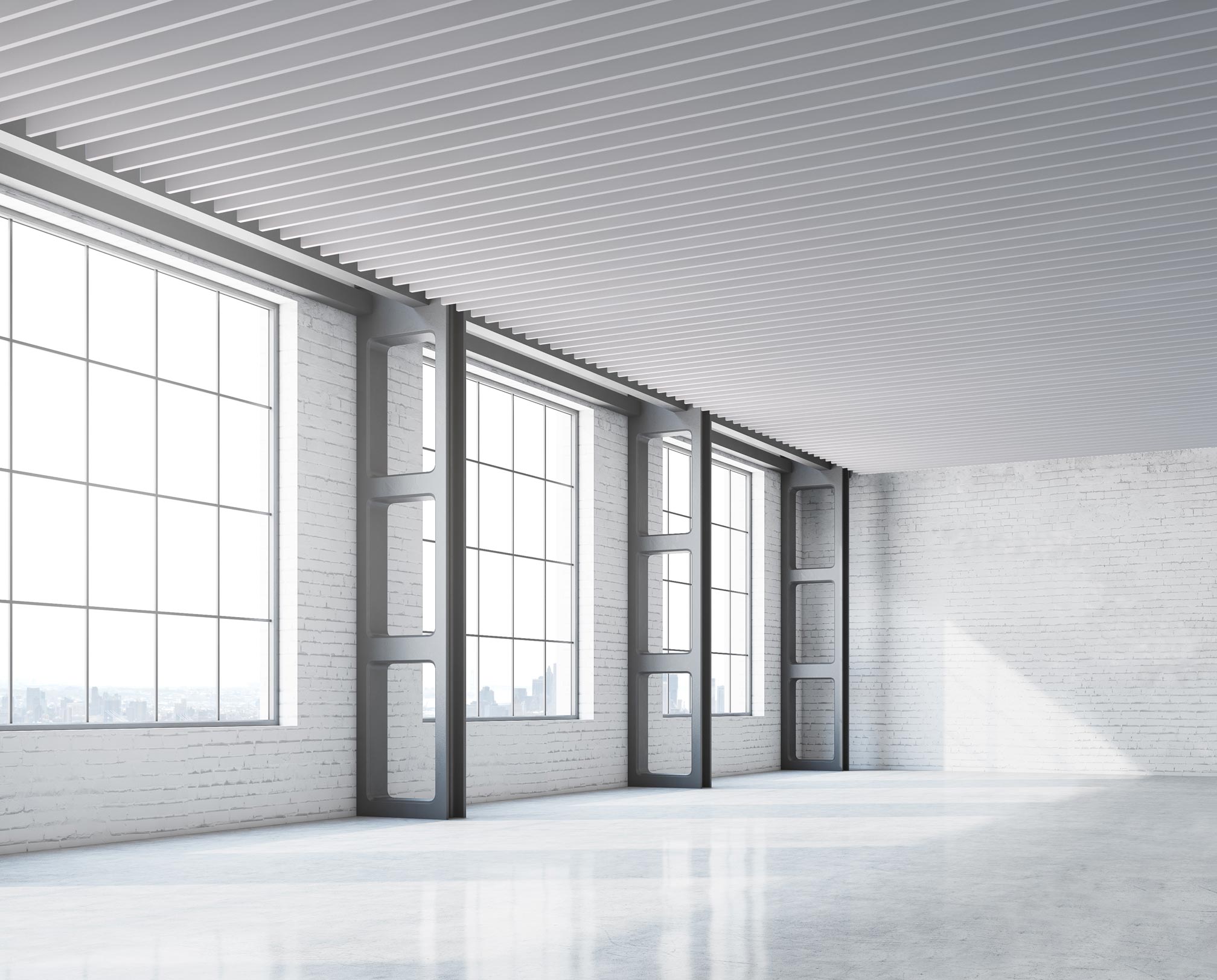
Acoustic performance and how sound behaves within your environment are critical factors in human-centred design. Consequently, when selecting the perfect suspended ceiling product, it is appropriate to compare each material's acoustic properties.
For example, installing an Acoustic ceiling tile in a meeting room with high levels of sound absorption will dramatically impact acoustics within that meeting room. This improvement in sound absorption will improve human voices' clarity, reducing speech intelligibility within the space. The appropriate acoustic ceiling tile will also improve speech privacy by reducing the risk of sound transmission outside the meeting room.
This is where Noise Reduction Coefficient (NRC) comes into play. NRC is a helpful metric that outlines the expected performance of a suspended acoustic ceiling product's ability to absorb sound waves and reduce sound reverberation times within an environment. Specifically, NRC is a value between 0.0 NRC to 1.0 NRC, with 1.0 NRC being the highest level of acoustic absorption possible from that acoustic product.
This measurement is applied to various acoustic ceiling products, such as; Mineral Fibre Ceiling Tiles, Metal Ceiling Systems, Linear Batten Systems, Wood Wool and other suspended ceiling systems.
Sound absorption levels vary significantly across suspended ceiling products, and each project has unique acoustic requirements. NRC offer's a uniform measurement across ceiling materials, allowing building designers a consistent metric to compare product by product's acoustic performance.
All NRC tests are conducted by a third-party and involve testing the ceiling material's sound absorption properties at varying sound frequencies. The NRC is an average of that material's sound absorption performance across the full spectrum of tested frequencies.

While this acoustic performance measurement is an excellent way to compare the diverse acoustic properties of various products, it has some limitations. NRC is an 'average' of an acoustic ceiling material's performance across a range of frequencies, and it's essential to recognise that some acoustic products will perform better than others at different frequency ranges. Subsequently, NRC should be used as an initial basis for comparing different product types on a general level; however, where specific acoustic performance is required, it is vital to engage an acoustic engineer to ensure that the suspended ceiling material you are selecting is appropriate for your acoustic needs.
In summary, NRC measures an acoustic product's sound absorption performance. It allows building designers to compare the absorption ability of various suspended ceiling materials and is one of several important metrics for acoustics that acoustic engineers use when designing well performing acoustic environments.

Book a call with our architectural team today to get down into the detail. We are happy to chat through ideas, materiality and budget to find out how we can help you create the interiors you need. Simply drop us a note on hello@mbsarchitectural.com.au or call us on 03 9580 7800 to chat with our specification team.
Every material.one source.
Let's bring your project to life.










































